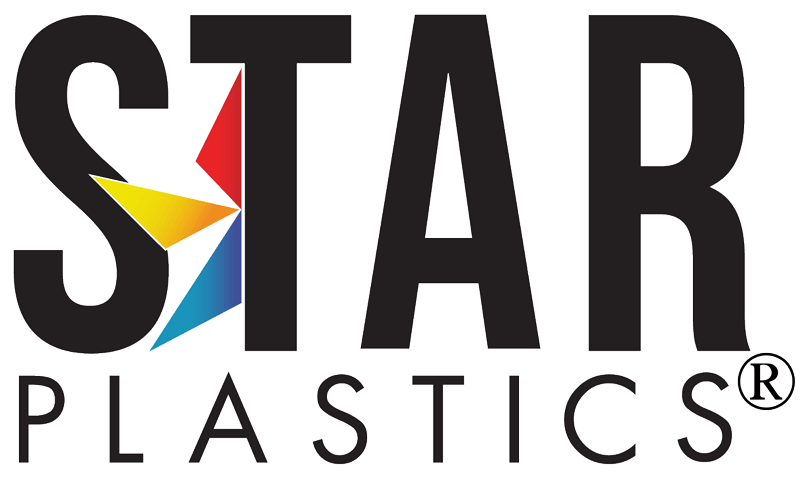Market Update — January 2024
Blockage at Canals Lead This Month’s Challenges
Shipping and canal issues:
Panama Canal – The drought at the lake which services the Panama Canal in Central America is forcing ships to take longer routes to the East Coast. It has been reported that traffic through the canal is reduced by over 40% because of the low water levels. This will be a short-term supply issue until the vessels get re-routed to the West Coast and shipped via inland freight to the East Coast. Otherwise, the ships must go down the tip of Africa and back north to the East Coast. It will increase the overall cost and lead times (2 extra weeks) to get to the East Coast until the problem resolves itself. Suez Canal – is also having issues and is all but shut down for now with ~5% of the normal traffic going through the canal because of an Iranian-backed militant group against Israel’s campaign in Gaza. This affects shipments from China to western Europe primarily which would push vessels around the tip of South Africa. This affects shipments from China to both western Europe and the East Coast of the USA.
Both events will create bottlenecks and cost increases across many sectors. We have seen price increases from Korean suppliers based on these events and adding 9 cents per pound surcharges for container effective for all orders shipping February 1 or after. Other than that, intermodal shipping had come down in costs to the pre-pandemic levels and containers are more available with ‘normal’ lead times between Asia and North America.
The weather gets us again:
The week of the 15th of January, cold weather in the South created either slowdowns or shutdowns in the production of ethylene and propylene monomer from several majors including Ineos, Formosa, Nova, and Chevron Phillips to name a few. The effects should not be as severe as the 2021 ice storm, it just adds to the challenges of the commodities coming from the South.
Locally and Globally:
Europe continues to be a challenge, with the only exports from Europe to Asia or North America for specified grades that can only be made in Europe. After that, they continue to shut down the European operations because of the ongoing high energy costs. This doesn’t seem to be a situation that will resolve itself anytime soon.
China – The new capacity of PC is making the market that much more competitive and prices in China are seen locally in the low 70’s with a cash cost in the low 80’s. For the local producers in Asia, the market is upside down where PC has a lower price than alternate materials such as acrylic. We have heard (including a second opinion) that deliveries to Mexico City are at $1.10 to $1.15 from Asia to a mid-sized buyer. The cost to get material into the states (freight primarily) doesn’t allow for material to be sold north of Texas. We have also seen products coming to the West Coast (with 25% duties plus 6.5% tariffs plus intermodal freight) inland around $1.25 on the West Coast. That is a very aggressive price, and this is dumping material with the increase in capacity coming online. Much of the material is Korea-supplied and brown bag grades which are on a lead time of 6 to 8 weeks which could become longer looking forward.
Sabic – we’re hearing that the Sabic increase, which they announced in December just before the holidays, does not have teeth in today’s market. If they have a competitive situation, they’ll meet the price but prefer to run it through their non-branded material line. Covestro – they didn’t follow suit to the Sabic announcement, so this should be the final nail in the coffin for the Sabic increase.
ABS took its hit in 2023 with price reductions early on and has stabilized in pricing and supply coming into 2024. Imports are on lead time as they are not stocking locally with the new prices seen in the market.
For the overall economy, we’re hearing that the demand is expected stronger in Q1 and Q2 for electrical, housing, and construction markets, while there is a thought that Q3 and Q4 could be flat. Based on orders in December and again in January, it seems that inventories are already depleted coming out of the new year



